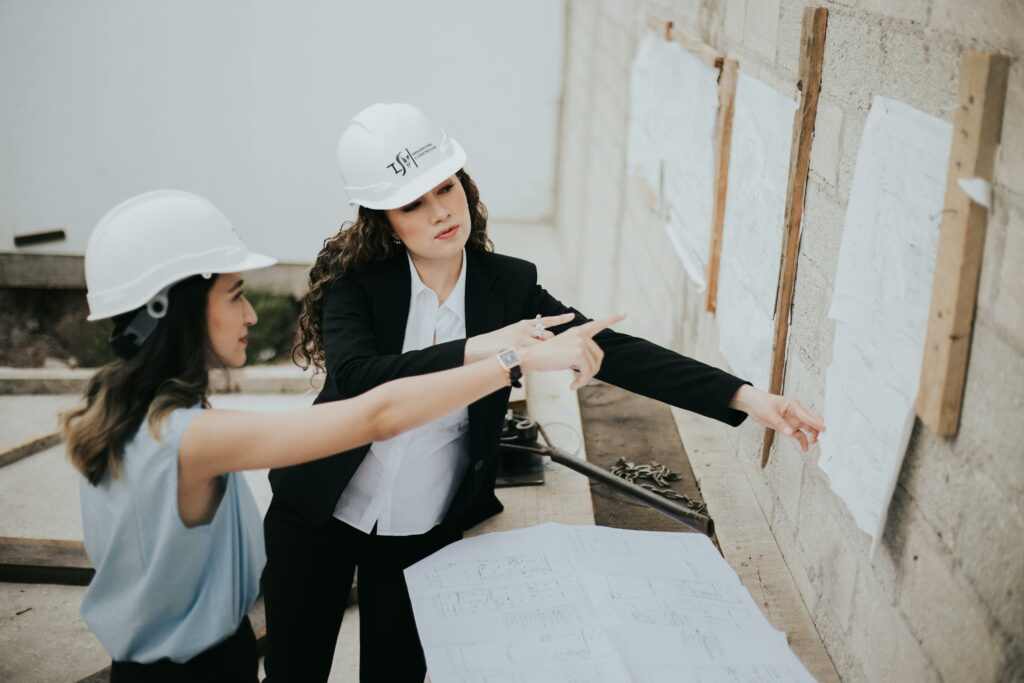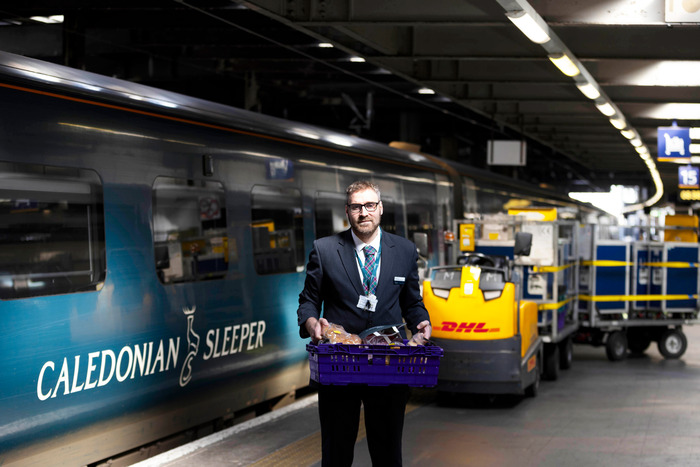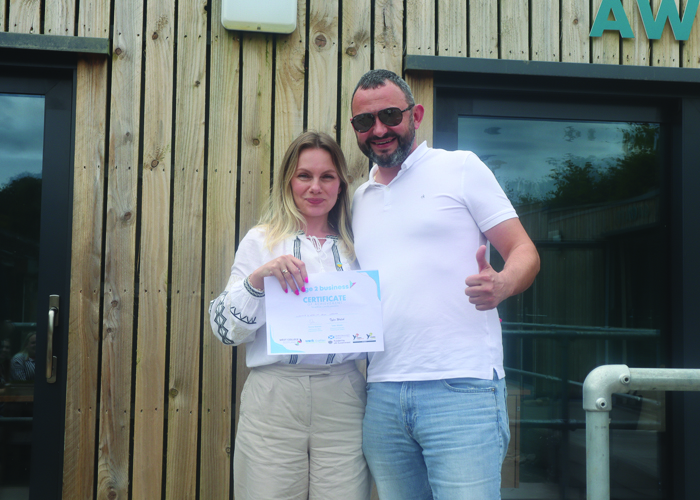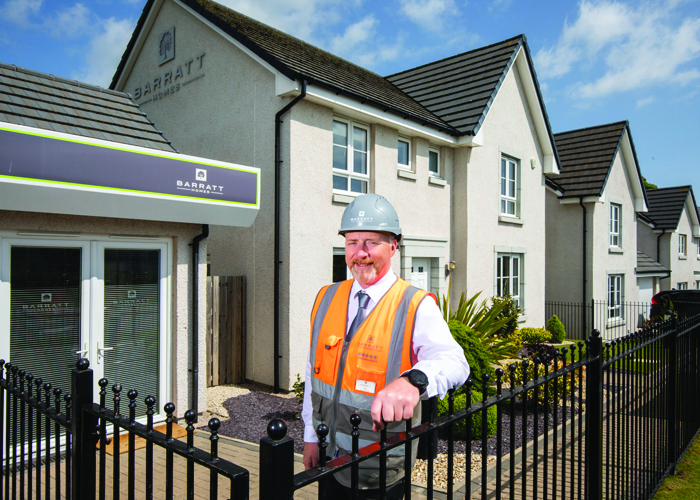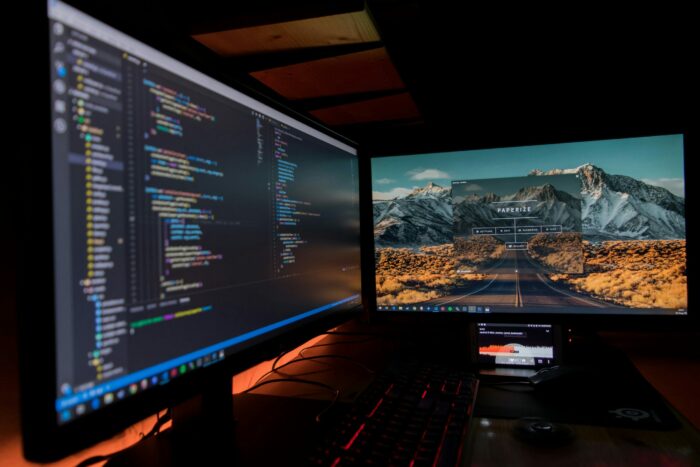Technology has improved many aspects of modern businesses, allowing companies to expand into global markets and reach consumers in new and exciting ways. Innovations to many industries have had a huge impact on the world of business, including the overall safety and efficiency of modern workplaces.
Workplace safety has evolved over the years, with tightening regulations helping ensure a lower rate of serious accidents and deaths at work. Although injuries and illnesses at work cost the UK economy an estimated £20 billion a year, major changes have been made, and technology is at least partially responsible.
Automated Warning Systems
Many workplaces rely on warning systems to inform employees of potential hazards and sound an alarm in case of an emergency. These systems are nothing new, with the very first fire alarm used in 1852. However, early systems required an operator to trigger them. Over the years, new and more efficient alarms were developed, and eventually they became fully automated.
Most modern businesses now reply on multiple automated warning systems, which can warn employees of heavy machinery in use, fire outbreaks, gas leaks and other potential hazards. These warning systems use a combination of lights and sound to alert anyone of the danger and ensure proper safety procedures are followed. For example, an amber flashing beacon is used to signal that a potential hazard is present.
Different coloured lights are used in warning systems to instantly convey different meanings and employees are trained to respond differently depending on the situation. For example, an amber flashing beacon simply encourages caution, while a red light is a sign that something is wrong. These systems are easy to use, and provided the right training is used, increase safety and efficiency.
Computer Modelling
Computers are for more than just sending emails, these machines are capable at performing calculations at a far faster rate than even the smartest human and have helped to revolutionise the modern world. Most of us rely on computers in our daily lives, and they’re extremely important for workplace safety and efficiency. Using computers, businesses can create simulations to test different conditions and safety procedures.
By testing using computer modelling, it’s possible to spot potential risks and hazards before they’ve even had a chance to develop. In addition, safety procedures can be better designed to reduce danger and the incidence of accidents. While modelling isn’t perfect, it’s improved a lot over the years and is now used by major companies across many different industries.
The development of artificial intelligence has led to machines slowly getting better at analysing data and performing calculations, two major requirements of accurate computer modelling. This technology has huge potential for the future of health and safety in the workplace, resulting in far fewer accidents and injuries at work while also creating more efficient processes.
Virtual Reality
Computer models are used to create simulations, and these simulations can be used to create virtual reality training exercises. Rather than training employees under hazardous conditions, employers can utilise virtual reality to test out procedures under safe conditions. This type of training is relatively new, but allows an employer to provide an accurate simulation of potential risks and how they might develop.
The technology behind virtual reality may be used in other forms of training too, but it’s particularly useful for giving employees an idea of why the safety procedures are so important and improving the overall response to hazards as they develop. Overall, the outcome of virtual reality training is that employees are better prepared, and they can perform their tasks more efficiently.

